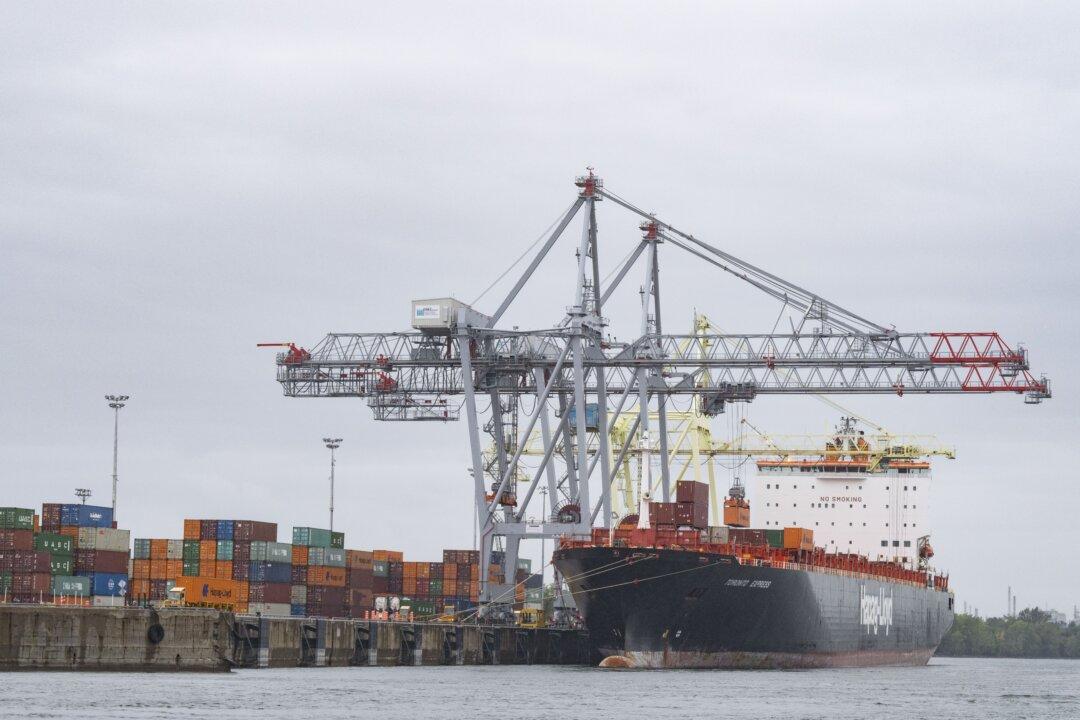Canada Border Services has intercepted few stolen vehicles shipped through the Port of Montreal by organized crime as the agency grapples with understaffing across the country.
A total 4,695 stolen vehicles were intercepted in Montreal between 2019 to 2023, the border agency said in an Inquiry Of Ministry recently tabled in the House of Commons. The figures were disclosed at the request of Conservative MP Luc Berthold.





